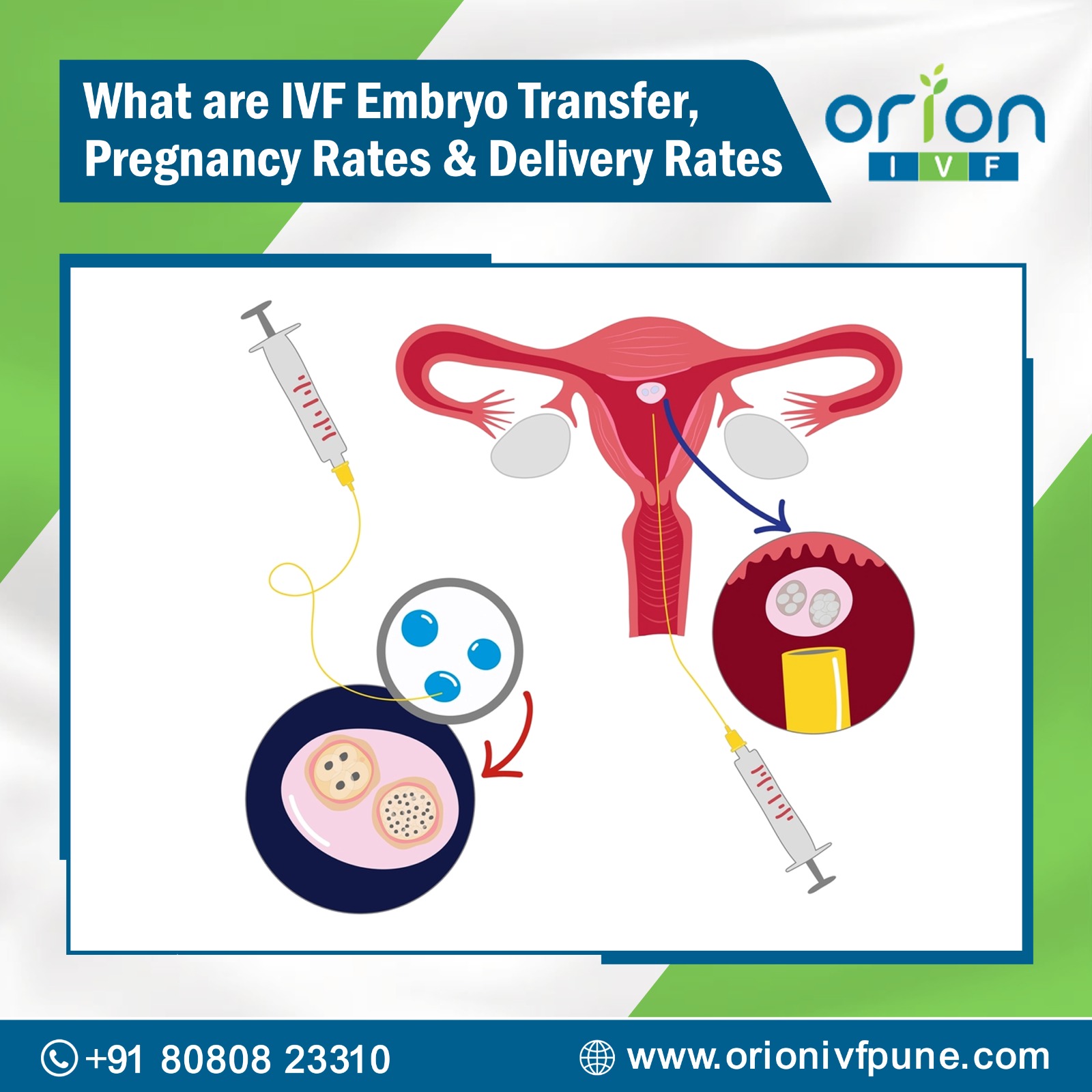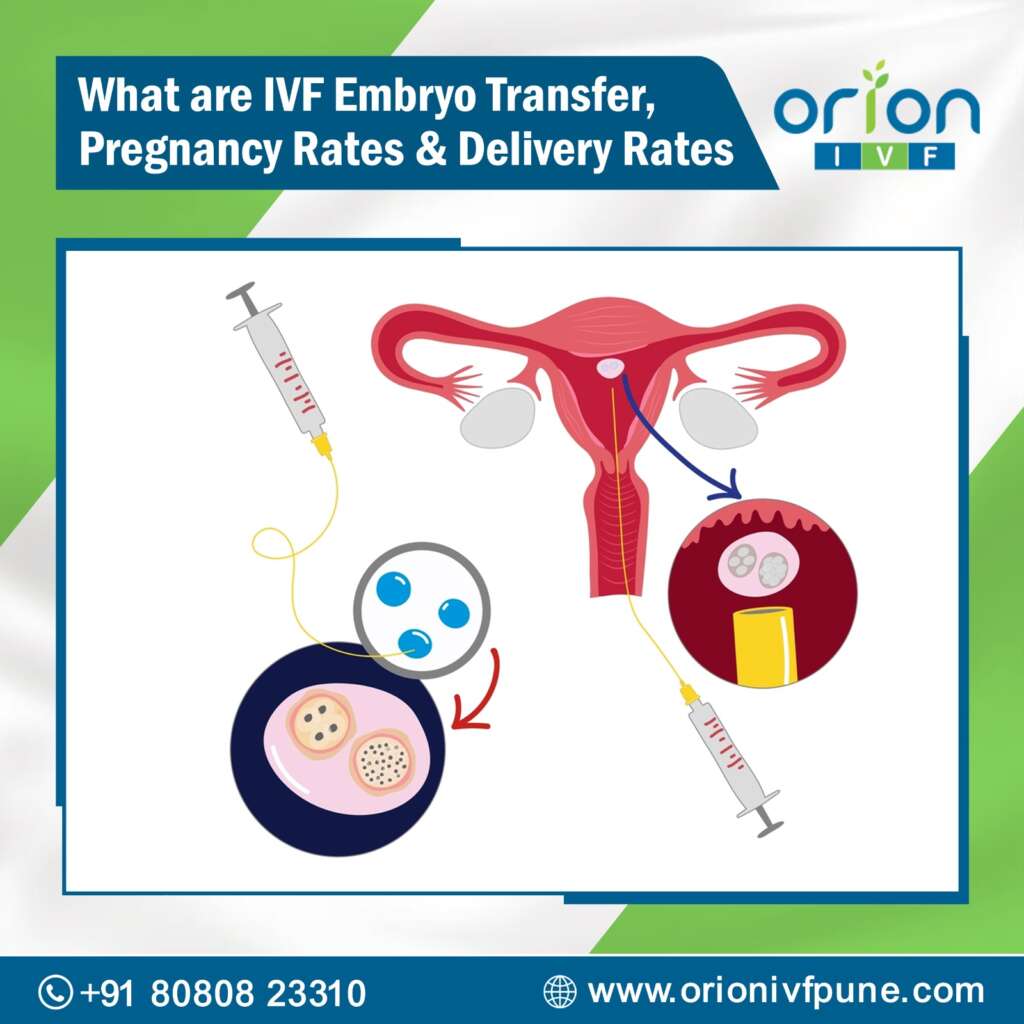(IVF Treatment) The final stage of the in vitro fertilization procedure is embryo transfer. It is an extremely vital procedure. No matter how wonderful the IVF laboratory culture environment is, a badly executed embryo transfer could ruin everything. The entire fertility treatment (IVF cycle) is reliant on embryos being precisely positioned around the center of the endometrial cavity with very little stress and manipulation.
The most effective and successful method of embryo transfer currently known is ultrasound-guided embryo transfer. In IVF, the woman is stimulated to develop numerous eggs using injectable medications. The eggs develop ovarian follicles. Once the follicles have developed, the egg retrieval procedure removes the eggs from the ovaries. Sperm is introduced to the eggs, and the eggs are examined the next day for evidence of fertilization. Several days later, an appropriate
Amount of embryos is transferred to the uterus with ultrasound guidance for optimal positioning.
Some Embryo Transfer Quick Facts:
- An embryo transfer is the last stage of the In Vitro Fertilization (IVF Treatment) procedure in which the fertilized egg, an embryo, is placed in the woman’s uterus.
- The embryo is inserted in a catheter, which is then pushed through the vagina and cervix and into the uterus, where it is implanted.
- This usually takes between 3 and 5 days following egg retrieval for fresh transfers and ranges from 4 weeks to years later if doing a frozen transfer.
- There are several types of embryo transfers: fresh, frozen, cleavage (day 3), a blastocyst (day 5), single, and multiple embryo transfers.
- The standard approach nowadays is to transfer one embryo (sometimes two) at a time. This reduces the possibility of multiples while keeping the same cumulative live birth rate (per retrieval) after an IVF cycle.
IVF Pregnancy & Delivery Rates (IVF Treatment vs IUI)
The success rate of an IVF cycle on the first attempt is mostly determined by the age of the female patient. Generally, the quality of the eggs deteriorates as the woman ages. Thus, the patient’s age has a substantial impact on the success rate of an IVF cycle, or any ART procedure for that matter. However, one failed attempt does not signify the end of one’s efforts. Most patients go through several cycles before becoming pregnant.
The following are some common reasons for the decline in IVF success rates:
Why Does IVF Success, Decline with Age?
As a woman ages, her egg count decreases, as does the quality of her eggs. This could lead to poor embryo quality, which reduces the likelihood of implantation within the uterus.
Diminishing Ovarian Reserve
Egg quality and quantity tend to drop in a woman 30s, becoming more noticeable after the age of 40. A woman’s chances of becoming pregnant or obtaining a quality embryo that properly implants on the uterine wall might be reduced if she has a low ovarian reserve, lower quality eggs, or fewer eggs in general.
Eggs, or fewer eggs in general.
Miscarriage or failure to implant is increased by poor embryo quality. This is more likely to happen with lower-quality eggs or a lack of eggs extracted during the IVF egg retrieval process.
Get Successful IVF Results at Orion IVF!
At Orion IVF, we have IVF Treatment specialists who can assist you in making your dream of giving birth a reality. If you have been trying to become pregnant using traditional methods and are ready for IVF to help you, then contact us at Orion IVF, one of the best IVF clinics, in Wakad, so we can assist you. Our IVF success rates allow us to provide successful birth results. The Orion IVF team will be there for you every step of the way.


